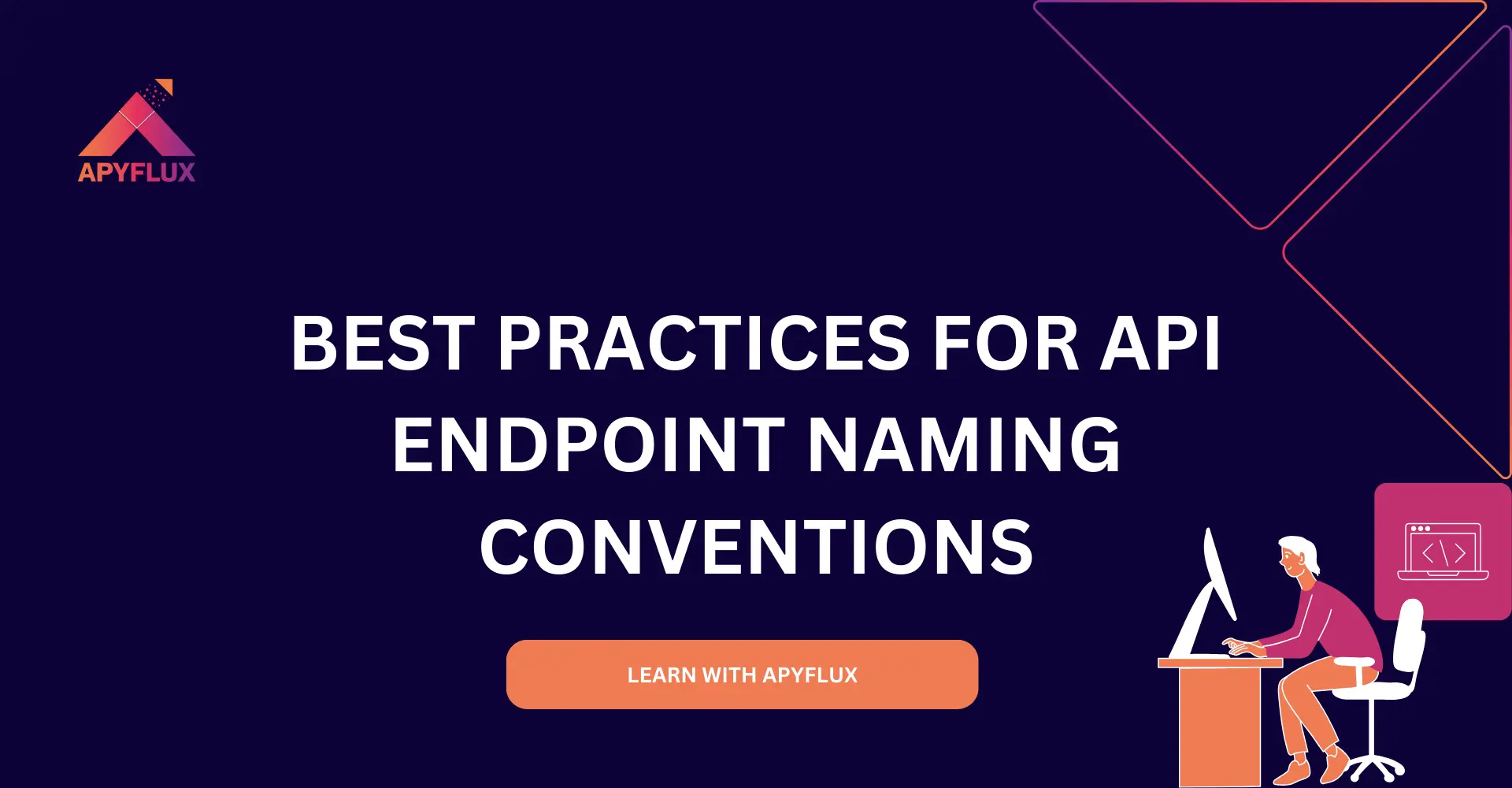
In the fast growing era of software development, APIs (Application Programming Interfaces) play an important role in communication between the two different software applications. Here in this blog we are going to delve into the details of inconsistent or non-intuitive naming conventions for endpoints.
API endpoints are the important behind the scene components that connect software applications together. It is the important pathway that allows apps, platforms, and users to interact seamlessly.
But while building the technical functionality is important, how you name your API endpoints can make or break the developer experience.
Clear and consistent naming in API design isn't just a matter of style — it's crucial for maintainability, scalability, and faster onboarding.
On the other side, inconsistent or non-intuitive endpoint naming makes developers confuse and slow down integration, and increase maintenance costs over time.
Let’s explore why endpoint naming deserves your attention and how to do it right.
API endpoints are the silent bridges that connect systems together. It’s a unique URL where an API resource is exposed to the client.
In the context of RESTful APIs, REST API endpoints naming convention plays a vital role. REST encourages designing endpoints around resources (like users, orders, or products), not actions.
Following is the well-structured REST API endpoint design:
GET /users/123/orders
This is intuitive — it clearly tells you: "Get all orders related to user 123."
When you follow clear naming conventions, your API becomes self-explanatory, easy to navigate, and much easier to maintain.
Ignoring a structured naming approach can lead to a range of issues:
In short: inconsistent API naming + non-intuitive endpoint names = slower development, higher maintenance, and frustrated teams.
Let’s set some strong ground rules to build better APIs:
GET, POST, PUT, DELETE) already indicates the action.
Example: /users (not /getUsers)./users, /products, /orders./users/123/orders instead of /getOrdersForUser.Following best practices around API endpoints and API endpoint naming conventions greatly improves the usability and longevity of your APIs.
If you’re wondering how to name your endpoints the right way, here’s a quick guide:
✅ Step-by-Step Checklist:
This approach makes your endpoints cleaner, your documentation lighter, and your API more intuitive.
Neglecting good naming practices doesn't just make things messy — it hurts your entire API design.
Here’s how:
Strong API designs aren't just built on functionality — they're built on clarity, predictability, and consistency.
Let’s quickly look at examples that highlight the difference:
| Bad API Endpoint | Good API Endpoint |
|---|---|
| /createNewUser POST /users | |
| /getUserDetailsById | GET /users/{userId} |
| /updateOrderStatus | PATCH /orders/{orderId} |
| /startPaymentTransactionProcess | POST /payments |
Notice how the good examples:
Small Case Study:
A fintech startup revamped its entire API by fixing endpoint names alone — cutting onboarding time for new developers by 30% and reducing documentation errors by 25%. All from better naming practices!
API endpoints naming is an easy task but it plays an important role in system’s usability and maintainability.
In this blog we have explained the best practices of naming conventions of RESTful APIs, Common problems, and impact of inconsistent naming conventions. Following a clear REST API endpoints naming convention helps you create APIs that are developer-friendly, scalable, and easy to work with for years to come.
Remember:
Prioritize strong naming conventions — your future self (and every developer who touches your API) will thank you. 🚀
Hi there!
Let's help you find right APIs!